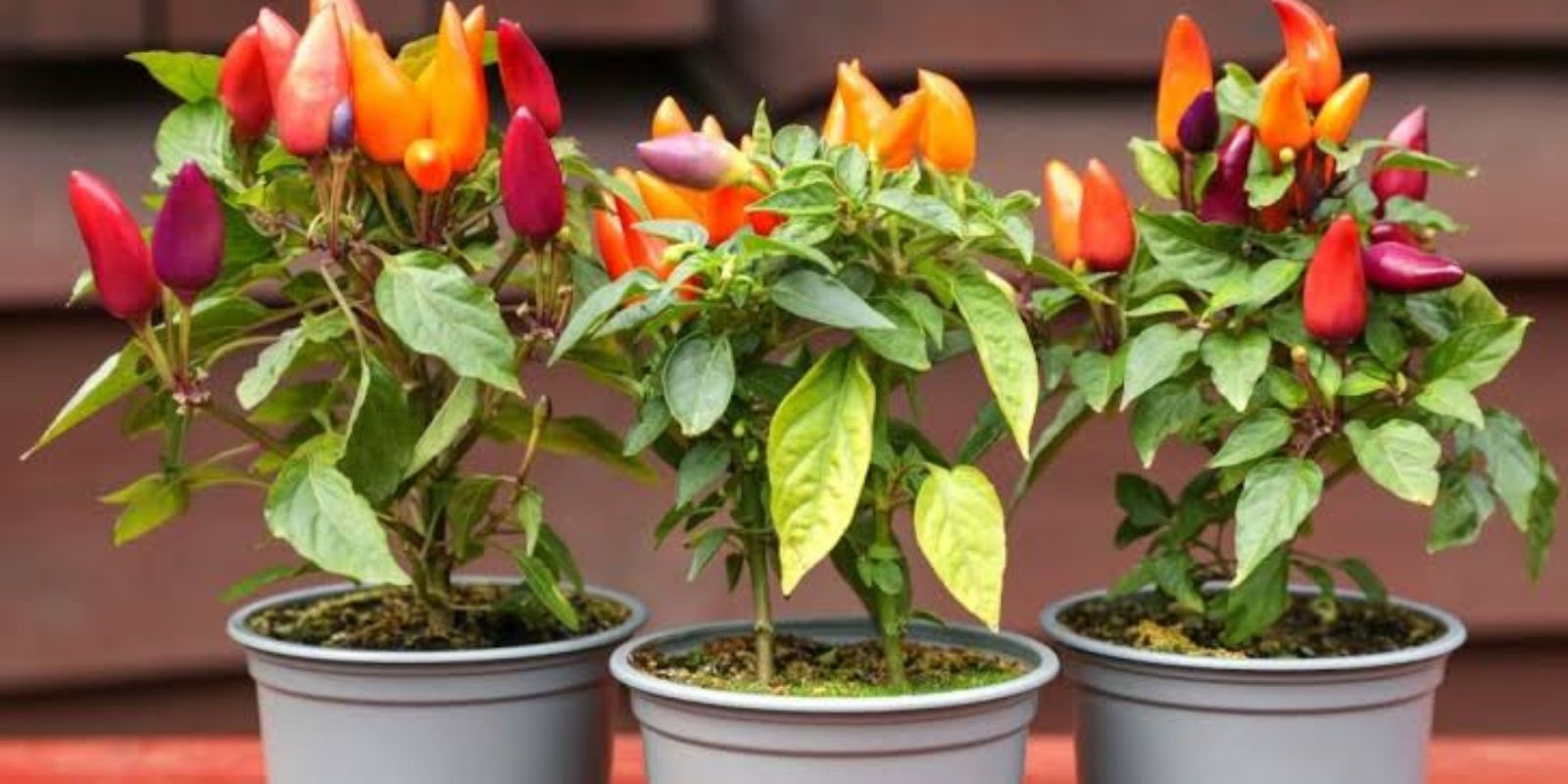Growing peppers in your garden is both rewarding and enjoyable. Whether you love the crunch of bell peppers, the heat of chili peppers, or the sweetness of banana peppers, cultivating them at home provides a fresh, flavorful harvest. To ensure your pepper plants thrive, follow these 12 secrets that experienced gardeners swear by.
1. Choose the Right Variety
The first step to growing peppers successfully is selecting the right variety for your climate and preferences. Bell peppers, cayenne, jalapeños, and habaneros are just a few popular options. Hot peppers generally tolerate warmer climates, while sweet varieties may require more careful temperature management. Research your local growing conditions and choose seeds or seedlings that are suited to your environment.
2. Start with Healthy Seeds or Seedlings
Healthy plants start with quality seeds or seedlings. Purchase seeds from reputable suppliers or look for seedlings that are vibrant, green, and free of pests. If starting from seed, sow indoors 6-8 weeks before the last frost and transfer them outdoors when the weather warms up. Using disease-resistant varieties can also help prevent common problems down the line.
3. Prepare the Soil
Peppers thrive in well-draining soil that is rich in organic matter. Test your soil’s pH and aim for a slightly acidic to neutral range of 6.0–6.8. Enrich the soil with compost or aged manure to provide essential nutrients, and loosen the soil to encourage root growth.
4. Plant at the Right Time
Peppers are warm-weather plants that don’t tolerate frost. Wait until after the last frost to transplant your seedlings outdoors. The soil temperature should be consistently above 60°F (16°C), and air temperatures should ideally stay above 70°F (21°C) during the day.
5. Space Them Correctly
Proper spacing ensures good air circulation and prevents diseases. Plant peppers 18–24 inches apart, depending on the variety. This spacing allows each plant to receive ample sunlight and reduces the competition for nutrients.
6. Mulch for Moisture and Temperature Control
Apply a layer of organic mulch, such as straw or wood chips, around your pepper plants. Mulch helps retain moisture, regulate soil temperature, and prevent weed growth. This step is especially important in hot climates where soil can dry out quickly.
7. Water Consistently
Peppers need consistent watering to thrive, but overwatering can lead to root rot. Aim to keep the soil evenly moist, watering deeply once or twice a week. During hot weather or when plants are flowering and fruiting, they may need more frequent watering. Avoid getting water on the leaves to reduce the risk of fungal diseases.
8. Use the Right Fertilizer
Feed your pepper plants with a balanced fertilizer in the early stages of growth. Once they start flowering, switch to a fertilizer high in phosphorus and potassium to support fruit production. Organic options like fish emulsion or compost tea are excellent choices for eco-conscious gardeners.
9. Prune for Better Growth
Pruning your pepper plants can increase airflow and encourage fruit production. Remove any leaves touching the ground and small suckers that divert energy from the main stems. For tall varieties, use stakes or cages to support the plants and prevent them from toppling over as they grow.
10. Encourage Pollination
Peppers rely on pollination to produce fruit. To attract pollinators like bees, plant companion flowers such as marigolds, zinnias, or sunflowers nearby. You can also shake the plants gently to mimic the movement of pollinators and ensure proper pollination.
11. Keep Pests and Diseases at Bay
Common pepper pests include aphids, spider mites, and whiteflies, while diseases like blossom end rot and powdery mildew can affect growth. Monitor your plants regularly for signs of trouble and take immediate action if needed. Neem oil, insecticidal soap, and homemade remedies like garlic spray can help keep pests under control.
12. Harvest Regularly
Harvest peppers when they reach the desired size and color. Regular harvesting encourages the plant to produce more fruit. Use scissors or pruning shears to cut the peppers from the plant rather than pulling them off, which can damage the stems.
Bonus Tip: Save Your Seeds
After enjoying your harvest, consider saving seeds from your favorite peppers to plant next season. Simply remove the seeds from mature peppers, dry them thoroughly, and store them in a cool, dry place.
Nutritional Benefits of Homegrown Peppers
Growing peppers isn’t just a gardening delight—it’s also a health boost. Peppers are packed with vitamins A and C, antioxidants, and capsaicin, which has anti-inflammatory properties. Incorporating fresh peppers into your meals adds flavor and nutrition to your diet.
Conclusion
By following these 12 secrets, you can grow healthy, productive pepper plants that yield a bountiful harvest. Whether you’re a beginner or an experienced gardener, peppers are a fantastic addition to any garden. They’re easy to grow, packed with nutrients, and offer endless culinary possibilities.
What’s your favorite pepper variety to grow? Share your gardening tips or pepper recipes in the comments below!

